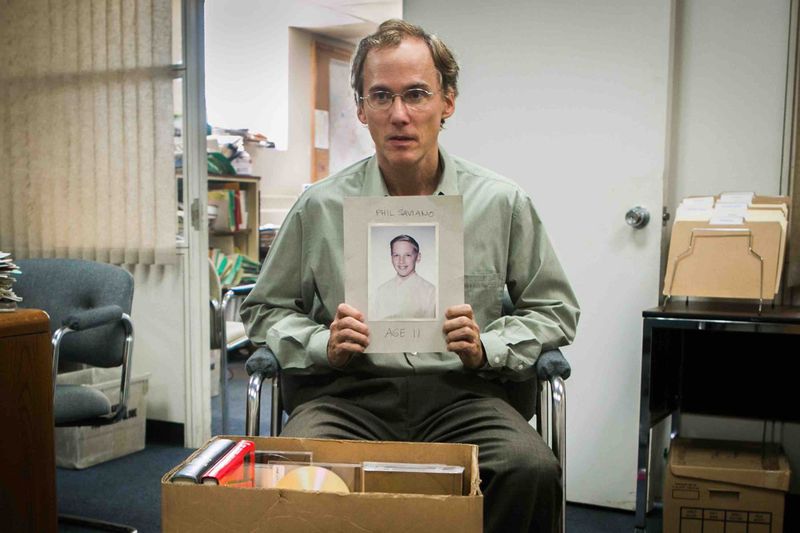Presser about united stance of political parties in Minnesota against SF1827, a bill that stifles voter choice in MN.
https://myemail.constantcontact.com/M... A collaboration of political parties of Minnesota, led by the Libertarian Party of Minnesota (LPMN), is hosting a press conference on Tuesday, February 28th in Press Conference Room B971 at the State Capitol Building. Party leaders and elected officials will give statements in opposition to SF1827, a bill that is being heard by the Senate Elections Committee at 3 pm in the Senate Building, room 1200. Leaders of these parties are also testifying at the Senate Election Committee hearing. “The two legacy parties have failed us and Minnesotans are craving other solutions to the challenges they face. We have come together to testify against SF1827 because we need more choices on the ballot, not fewer,” said LPMN Political Director Nate Atkins. SF1827 doubles the requirements needed for political parties in Minnesota to achieve Major Party status for purposes of placing candidates on the ballot and access to campaign funding. By creating impossible requirements, this bill disenfranchises Minnesotans whose views are not represented by the two old parties. LPMN Chair Charles Kuchlenz said, “It is crucial that we uphold the principles of democracy and defend the rights of all voters to have a wide range of choices at the ballot box. This is what makes our democracy strong and vibrant.” Raising the threshold for major party status from 5% to 10% of a statewide vote, this bill solidifies the attitude that politics in Minnesota is pay-to-play rather than a democratic process where all voices are heard and represented at the ballot box. Details Date: Tuesday February 28th Time: 2 pm press access, press conference at 2:20 pm Location: Room B971, Press Conference Room, Capitol Building Background Information Text of Bill: https://www.revisor.mn.gov/bills/text... In neighboring states the threshold for “party status” is 1% in South Dakota and Wisconsin, 2% in Iowa, and 5% in North Dakota. Raising Minnesota to 10% makes us the most unfriendly state to emerging political parties when compared to our neighbors. The Libertarian Party of Minnesota represents the ideals of individualism and liberty where the government is limited and individual liberty is maximized. The Libertarian Party was established in 1971. Charles Kuchlenz has been the Libertarian Party of Minnesota's chair since May 2022. Previously he served as the LPMN's Political Director. Nate Atkins is the current Political Director of the LPMN. Previously he was the party's nominee for mayor of Minneapolis in 2021. Cara Schulz is a sitting city councilwoman for the city of Burnsville and a long time member of LPMN and former executive committee member for LPMN. Independence-Alliance Party Integrity, responsibility, dignity, service, justice, and community. Mike Winter Candidate and Campaign Support Director for the Independence-Alliance Party. Green Party of Minnesota (GPMN) Democracy, Social Justice, Peace Cam Gordon Previous Ward 2 Councilmember of Minneapolis for 16 years GPMN Coordinating Committee Samantha Pree-Stinson Elected to Minneapolis Board of Estimate and Taxation President The Constitutional Republic Party (CRP) was founded out of a desire for smaller government based on the original understanding of the US Constitution; the CRP realizes there is a need for government in our lives, we just believe it should be as small as possible. Travis “Bull” Johnson Former US Congressional candidate in Minnesota’s 7th congressional district and led one of the most successful 3rd party campaigns on a national level in the 2022 election cycle. He founded the Constitutional Republic Party in 2022. Media Contacts: Charles Kuchlenz, Chair of Libertarian Party of Minnesota [email protected] Samantha Pree-Stinson, Green Party of Minnesota [email protected] Mike Winter, Independence Alliance Party [email protected] Travis “Bull” Johnson, Chair of Constitutional Republic Party [email protected] # # # Production by: #MattKowalski #KowalaMedia #MediaFreeAmerica












